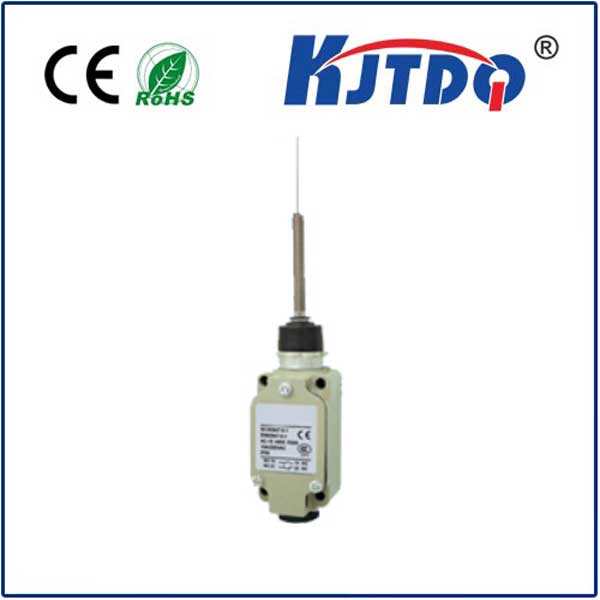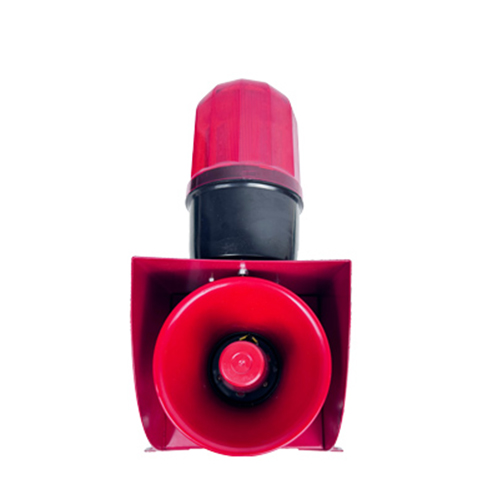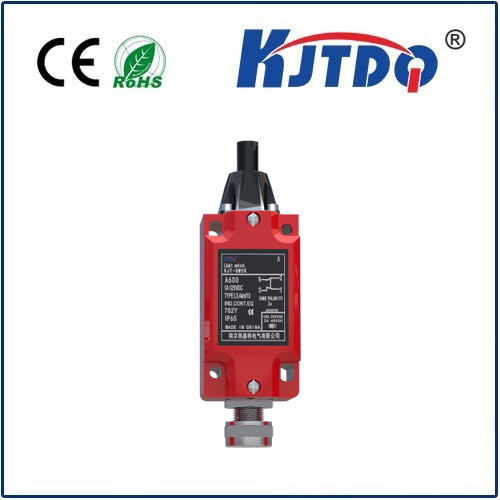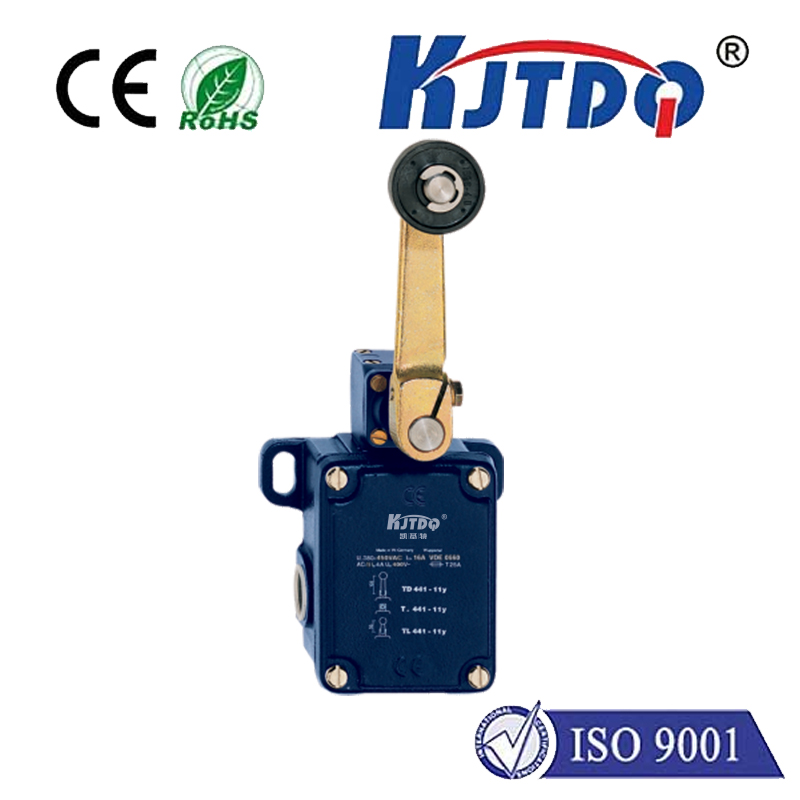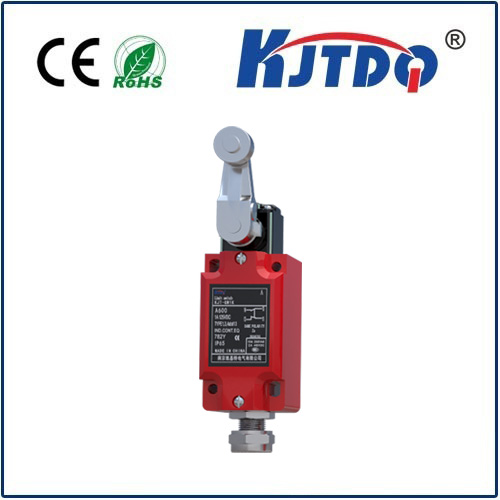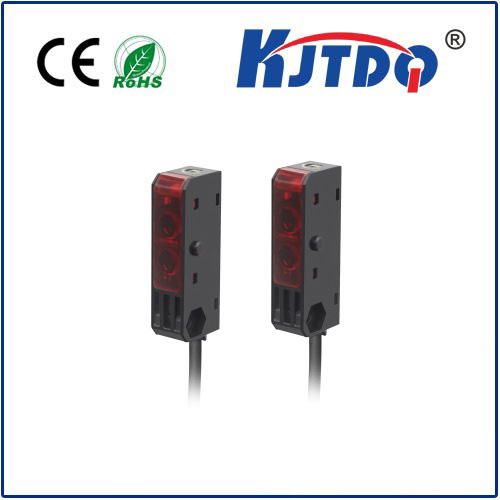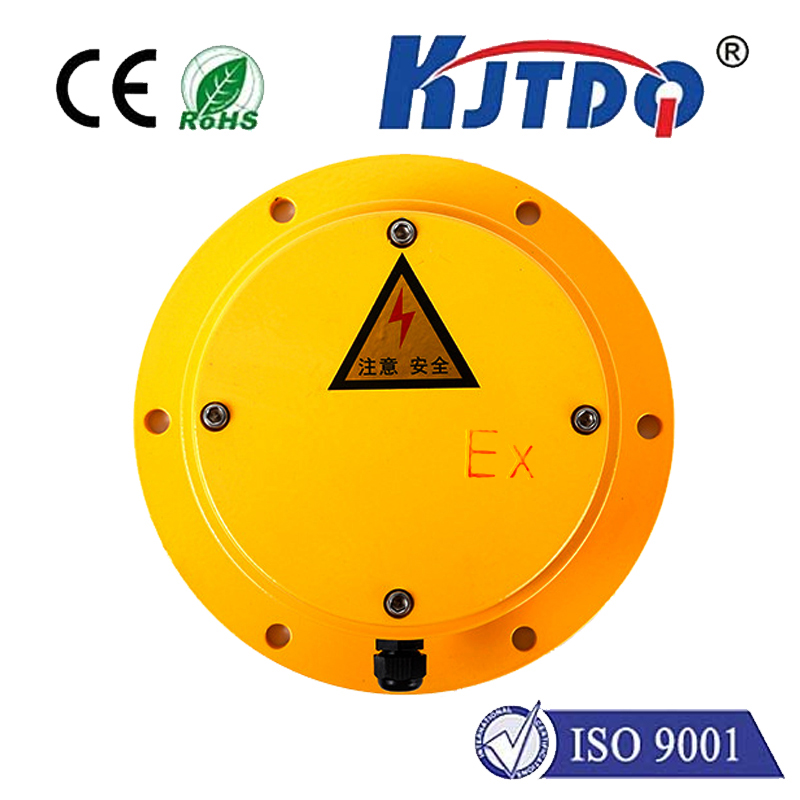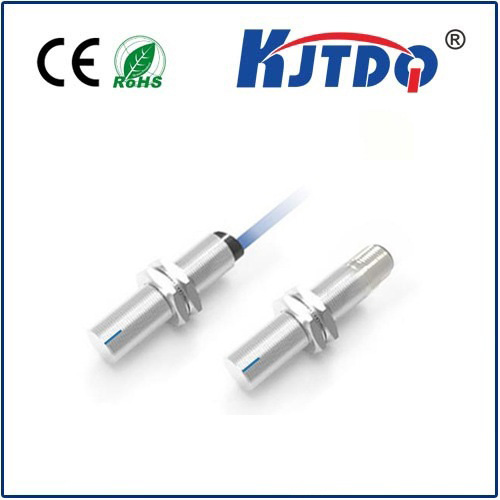Датчик приближения PIR
- time:2025-07-20 08:13:09
- Нажмите:0
Unlocking Motion: The Power and Versatility of PIR Proximity Sensors
Have you ever walked into a dimly lit room only to have the lights magically flicker on? Or approached an automatic door that slid open just in time? Chances are, you’ve encountered the silent sentry of modern automation: the PIR proximity sensor. These unassuming devices, leveraging the science of passive infrared detection, are fundamental to countless applications, making our environments smarter, safer, and more energy-efficient.
Decoding PIR: Seeing the Heat
PIR stands for Passive Infrared. The term “passive” is key – unlike active sensors (like ultrasonic or radar) that emit energy and detect reflections, PIR sensors passively detect the infrared radiation naturally emitted by all objects with a temperature above absolute zero. For practical proximity sensing, we’re primarily interested in the heat signatures emitted by warm-blooded animals, especially humans.
A typical PIR proximity sensor consists of a pyroelectric sensor element capable of detecting minute changes in infrared radiation levels. This sensor is usually shielded behind a specialized Fresnel lens. This lens serves two critical functions: it focuses incoming IR radiation onto the sensor element and, crucially, it divides the sensor’s field of view (FOV) into distinct zones.
The Ingenious Detection Principle: Change is Key
How does a PIR sensor actually know something has moved close by? It doesn’t see objects like a camera; it senses changes in the heat pattern within its field of view. Here’s the core mechanism:
- Background State: When the environment is stable (no movement), the sensor sees a relatively constant infrared “landscape.” The amount of IR radiation hitting the different zones of the pyroelectric sensor is balanced.
- Movement Detection: When a warm object (like a person) moves across the sensor’s field of view, it sequentially disrupts different zones. For example, the person enters zone A, heating it up relative to zone B. As they move, they then leave zone A and enter zone B, causing a differential change in heat between the two zones.
- Signal Generation: This differential change creates a small electrical signal on the pyroelectric element. This signal is amplified and processed by the sensor’s onboard circuitry.
- Output Trigger: If the change meets predefined criteria (magnitude and duration, often configurable to filter out small animals or fleeting disturbances), the sensor triggers its output – this could be turning on a light, triggering an alarm, or sending a signal to a controller.
Why Choose PIR Proximity Sensors?
The widespread adoption of PIR sensors isn’t accidental. They offer a compelling set of advantages:
- Low Power Consumption: Being passive, they require minimal energy to operate, making them ideal for battery-powered devices like wireless security sensors or remote controls.
- Cost-Effectiveness: Mass production has driven costs down significantly, making them an economical choice for both consumer and commercial applications.
- Reliability: With no moving parts and mature technology, PIR proximity sensors are generally robust and have long lifespans.
- Энергоэффективность: Their primary role in automating lighting and HVAC systems based on occupancy leads to substantial energy savings – lights turn off automatically when rooms are vacated.
- Privacy: Unlike cameras, PIR sensors detect presence or motion without capturing identifiable images, addressing privacy concerns.
Where PIR Proximity Sensors Shine: Applications Galore
The utility of PIR proximity sensors spans a vast array of sectors:
- Security Alarms: The backbone of countless intrusion detection systems, triggering alerts upon unauthorized movement.
- Automatic Lighting Control: Ubiquitous in hallways, bathrooms, closets, and outdoor areas for hands-free, energy-saving illumination.
- HVAC & Climate Control: Occupancy-based control in smart thermostats and building management systems reduces heating/cooling in unoccupied spaces.
- Automatic Doors & Gates: Triggering safe and convenient opening sequences as people approach entrances or exits.
- Vending Machines: Detecting approach to wake up the display or initiate dispensing processes.
- Smart Home Automation: Integrating with systems for presence detection, enabling complex routines (e.g., turning on lights when entering the living room at night).
- Hand Dryers & Sanitizer Dispensers: Automating operation for touch-free hygiene.
- Wildlife Monitoring: Detecting animal movement in research or conservation settings.
Key Performance Considerations
Choosing the right PIR proximity sensor involves understanding several critical parameters:
- Detection Range: How far away can the sensor reliably detect movement? Ranges vary significantly based on lens design and sensor sensitivity.
- Field of View (FOV): The angular coverage of the sensor – wide (e.g., 180° for room coverage) or narrow (e.g., a corridor or chokepoint). The Fresnel lens determines the pattern.
- Sensitivity: How small a movement or how slight a temperature change can trigger it? Adjustable sensitivity helps filter out pets or small disturbances.
- Response Time: How quickly does it detect motion and trigger the output?
- Immunity to False Triggers: Factors like sunlight shining on curtains, heating vents, or small pets can cause false alarms. Good sensor design and installation location are crucial.
Installation Tips for Optimal Performance
Maximizing the effectiveness of your PIR proximity sensor requires careful placement:
- Height Matters: Mount at recommended heights (usually 6-8 feet for room coverage, lower for pet-immune variants).
- Avoid Obstructions: Ensure the desired detection area isn’t blocked by furniture or decor.
- Minimize Environmental Interference: Keep away from direct drafts from HVAC vents, radiators, stoves, or direct sunlight hitting the lens, which can cause false triggers.
- Angle Correctly: Point the sensor towards the primary area of interest, considering its FOV.
- Avoid Glass: PIR radiation doesn’t pass through glass well; mounting behind glass significantly reduces range and reliability.
The Future of PIR Sensing
While PIR proximity sensors are mature, innovation continues. We see trends towards:
- Enhanced Pet Immunity: Advanced algorithms and dual or triple sensor elements better distinguish between human-sized targets and smaller animals.
- Improved False Alarm Reduction: Smarter signal processing to ignore environmental disturbances like moving curtains.
- Multi-Technology Fusion: Combining PIR with other sensing modalities like microwave radar or ultrasonic sensors for higher accuracy and reliability, especially in challenging environments. Sensor fusion mitigates the weaknesses of individual technologies.
- Integration & Intelligence: Embedding PIR sensors within broader IoT ecosystems, providing occupancy data to sophisticated building management and smart home platforms.
Выводы
From the simple convenience of automatic lighting to the critical security of intrusion detection systems, PIR proximity sensors are a testament to the power of elegantly simple technology. Their passive nature, low cost, and reliability make them indispensable in our increasingly automated world. By understanding how they see the heat generated by movement, we can better harness their capabilities, creating environments that are more responsive, efficient, and secure. Whether you’re designing a smart home, securing a business, or simply installing a light, the humble PIR sensor remains a cornerstone of modern proximity sensing.
